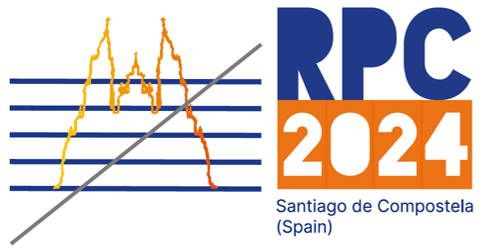Speaker
Description
This paper introduces a novel framework designed to process and analyze raw condition data retrieved from the non-physics event bus of the CERN Compact Muon Solenoid (CMS) experiment in real time. Utilizing advanced data streaming techniques, the framework aims to explore correlations between key operational parameters of the Resistive Plate Chamber (RPC) detector at the CMS experiment, including currents and rates, with CERN Large Hadron Collider (LHC) instantaneous luminosity and environmental conditions. Additionally, the framework seeks to study the evolution of the main parameters over time and to further predict future detector behavior by modeling performance based on these correlations. The CMS RPC automation framework, developed in Java, comprises over 30 automates categorized into main, auxiliary, and study groups, each performing distinct tasks. The four main automates process asynchronous data from the CMS RPC PVSS condition schema into synchronized tables within the CMS_RPC_COND schema on the OMDS instance of the CMSONR production database. These automates handle raw data for RPC currents, LHC modes, and environmental conditions. The fourth main automate processes raw RPC link board histograms from ROOT files for further analysis of RPC rates data. The auxiliary automates segment the LHC filling cycle into four blocks, standardizing condition data. The study automates are the integrated and accumulated integrated charge, current evolution, HV Conditioning, HV Conditioning Fit, and analyses of current and rate dependencies on LHC instantaneous luminosity and RPC charge per hit. All studies concerning currents and rates are extended to newly created virtual objects representing larger granularity objects of the CMS detector, such as regions, wheels, disks, stations, and sectors. The RPC automation, operating on a 4-hour cycle, has effectively processed and analyzed extensive datasets from the CMS experiment. This routine automation enables continuous monitoring and analysis of RPC currents and rates, with data stored across multiple database tables designed for rapid visualization. The capability to produce predictive models and granular analyses through virtual detector objects has significantly enhanced our understanding and forecasting of detector behavior.

